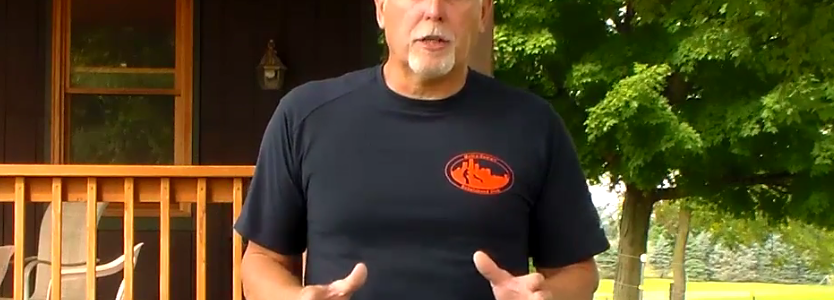Watch as this 4 month old German Shepherd puppy goes from bored and distracted to excited and engaged…over the course of 8 sessions in 4 weeks. By using the PronouncedK9 method to determine the puppy’s type, Brian Harvey is able to use the dog’s innate characteristics to achieve the desired results.
The PronouncedK9 method is centered around the concept that there are four basic drives that motivate protection dogs. Helpers using our training method will be taught how to approach a dog for the first time and provide a stimulus or trigger to test each of the four drives. If the method is used correctly, it is easy to see which type each dog is. The drive to which the dog shows the strongest natural response is that dog’s lead drive.
Many existing training methods have led helpers to believe that training in prey is the best approach for starting a puppy or inexperienced dog because it involves less stress. Following that same way of thinking, many people believe that training in defense is scary and much more stressful to the dog.
We all agree that in the beginning stages of training, the less stress we put on the dog, the better off we are. Where the PronouncedK9 method differs from this traditional thinking is our theory about what creates stress for each dog. PronouncedK9 trainers understand that not every dog thinks the same way, which means that different dogs are going to have different instinctual reactions to the stimuli we use in training; what is stressful to one dog is not necessarily stressful to another. Our method acknowledges these differences and teaches you how to approach each type of dog to get the desired reaction, instead of using one approach for every type.
Are you having trouble getting a dog to start or engage? Look no further! PronouncedK9 can provide you the step-by-step instruction to determine the dog’s type and how to use his strengths to train him. Read more about the Four Types and then join PronouncedK9 to start putting our training methods to work for you today! You will also see all of this puppy’s training sessions, as they are happening, and follow them going forward. Plus get training tips and advice on all IPO and schutzhund phases. What are you waiting for?
Join today for only $25/mo!



